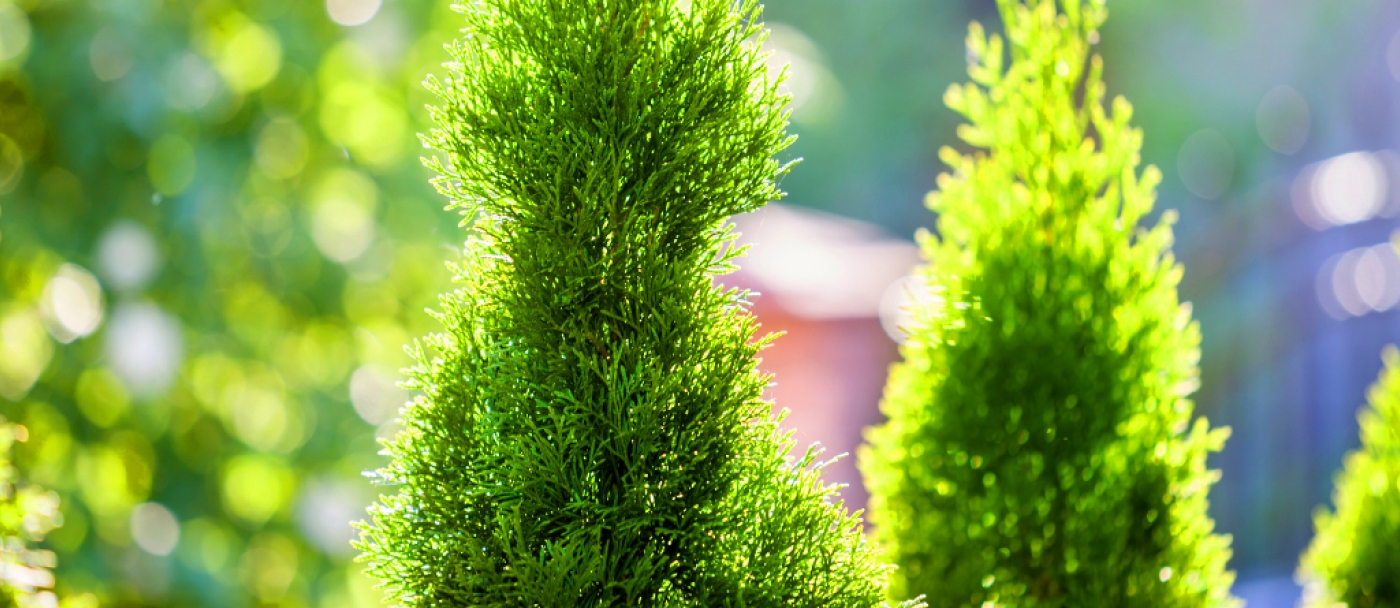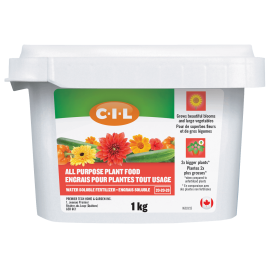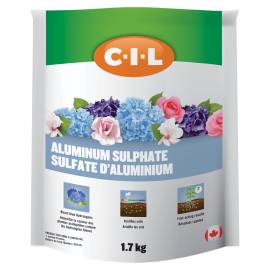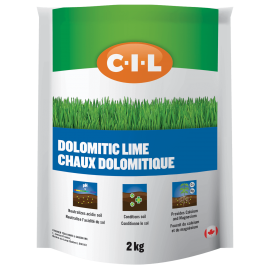How to Care for Cedar Hedges in Canada

Cedar is a versatile, low-maintenance evergreen that provides year-round color and beauty. When grown in hedge form, cedar offers privacy, reduces noise, and also helps to block Canada’s cold winds.
Although it’s definitely a low-maintenance plant, a cedar hedge always looks its best with regular care, including proper watering, feeding, and pruning.
1. Watering
Regular water is critical for a healthy cedar shrub, but too much moisture is worse than not enough. As a general rule, water your cedar hedge deeply when the surface of the soil feels dry to the touch, then allow the soil to dry slightly before watering again.
Check the hedge frequently during hot, dry weather and water as necessary. Don’t allow the soil to become bone dry.
2. Fertilizer
Cedar hedges need regular feeding to produce lush, healthy growth. Feed your cedar hedge in early spring, using an organic-based tree and shrub plant food with an NPK ratio such as 18-8-8. Water the hedge thoroughly, as fertilizing dry soil can burn the roots.
Sprinkle the fertilizer evenly on the damp soil under the shrub, according to recommendations provided on the container. Use a garden fork to mix it into the top 1 to 2 cm of soil.
Although it isn’t absolutely necessary, you can provide a second application in early to midsummer.
3. Mulch
A 7- to 10-cm layer of organic mulch such as bark chips, compost or pine needles will prevent moisture evaporation, which reduces the need for frequent irrigation. Mulch also moderates soil temperature and keeps weeds in check.
Spread the mulch evenly on the soil under and around the hedge. Be careful not to let the mulch pile up against the trunk, as damp mulch can promote rot and may also tempt chewing rodents to gnaw on the trunk.
4. Pruning
Although you can prune a cedar hedge any time of year, many homeowners prefer to prune in mid- to late summer after spring growth has slowed. This way, new buds have time to harden before the arrival of cold weather. If your area receives a lot of snow, don’t prune past the end of July.
First, remove any needles and branches with a rake, then trim any dead or damaged growth. Trim wayward growth to create a balanced appearance, but don’t remove more than a quarter of the hedge’s height. Shape the hedge so the top of each shrub is narrower than the bottom. Pruning in this manner ensures that sunlight reaches all parts of the shrub.





